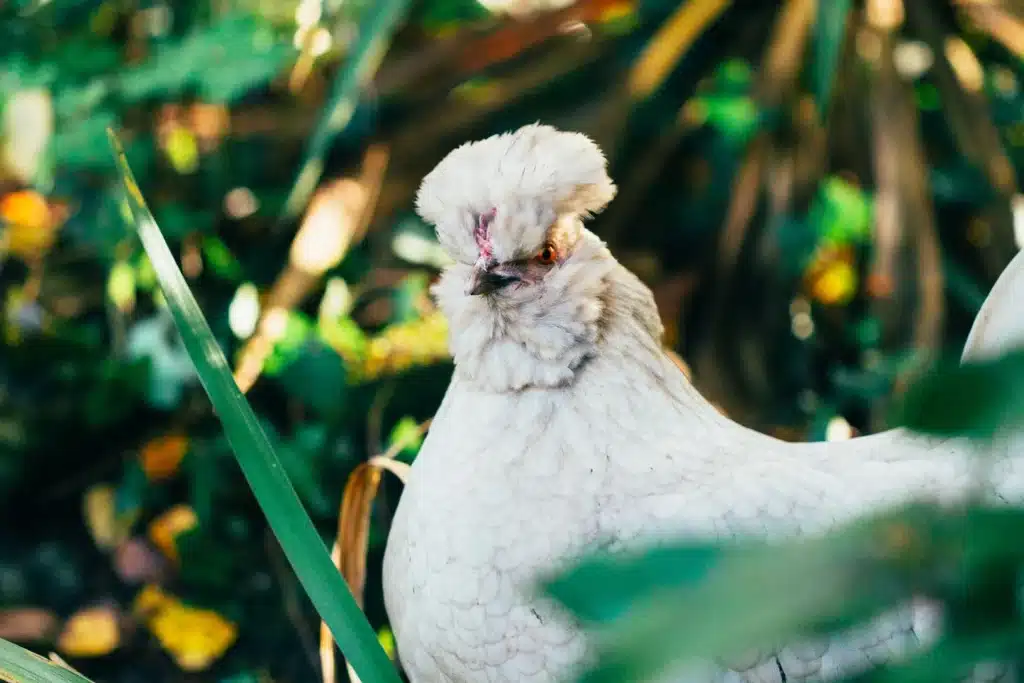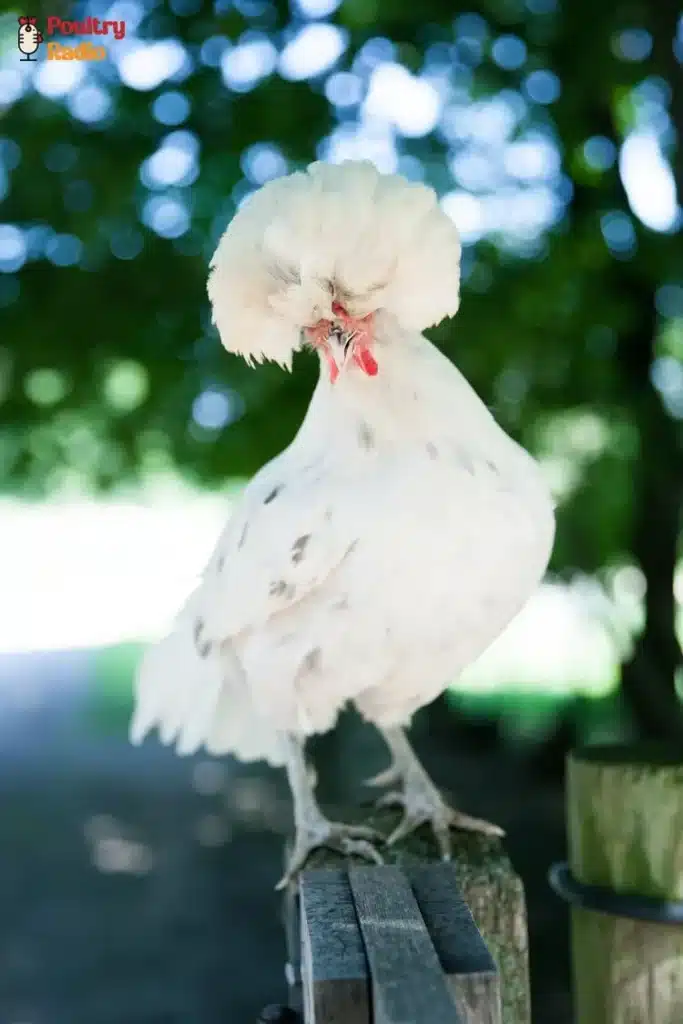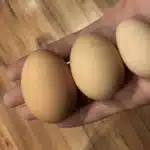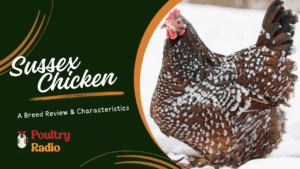Polish Chickens: A Complete Guide
Are you ready to meet a charming, crazy chicken with a personality and beautiful looks? Now, hold on, here they are. No other bird comes close to being as obscenely gifted. It is blessed with head feathers that are special in that way. In this article on Polish chickens, we cover the breed’s temperament, egg-laying ability, known variants, and how to determine whether it’s the correct breed for you.
The History of Polish Chickens: A Glimpse into the Past
Truly, the origins of this bird remain unsure. The stories of how it entered Europe are various. My favorite fact is that the King of Poland was removed from power and escaped to France in 1736. He traveled with his beloved Polish chicks in his “luggage.” Their future was secured as they came to fame in French society at the time and won the hearts of the French elite. Regardless of how romantic that can sound, this is doubtful to be the reality.

The reality is probably less interesting. The Netherlands, where they may have been brought from Spain, makes the first actual mention of them. The word “Polish,” which means “large head,” is believed to have its origins in the old Dutch word “pol.” The bird has been shown in paintings dating back to the fifteenth century, where it appears to be commonly seen. The Dutch recognized it as a thoroughbred in the seventeenth century.
The Polish traveled from Europe to England in the 1700s before arriving in the USA between 1830 and 1840. It was initially imported as a good white egg layer, but the white Leghorn eventually beat it in terms of egg production. Its unique look overcame its reputation as a good layer, turning it into an “ornamental” breed raised more for looks than eggs.
Recognized Polish Chicken Varieties and Breeds
The American Poultry Association lists both the bantam and standard sizes of Polish in their standards book. Polish breeds are categorized as “Continental.” The following is a list of colors, types, and years that have received APA recognition:
Types of Polish Chickens
- Non-bearded white crested black, golden, silver, white. (1874)
- Bearded golden, silver, white, buff laced. (1883)
- Non-bearded buff laced. (1938)
- Non-bearded white crested blue. (1963)
Another variety, the Tolbunt, was developed in the latter decades of the 20th century. It’s an eye-catching combination of white, brown, and black. Although this color is not yet accepted by the APA, I believe it will happen soon.
Polish Chickens Appearance
Polish chickens are easy to identify because they have relatively nice and tidy “pom-pom” hairstyles on their hens.
However, the roosters’ feathers give the impression of having a “bad hair” day, making them appear like a “wild thing”! The head feathers of both sexes develop and then flow over their faces and heads, occasionally affecting vision.
A bony projection that extends from the skull supports the head crest.
Do Polish Chickens have beard?
Depending on the variety, Polish chickens may also have a beard, which is characterized by a lot of feathers surrounding the head and face.
The feathers on the rooster’s head sometimes cover off his unique red V-shaped comb. The ear lobes are white, and the wattles are vibrant red.
The hen typically weighs about four and a half pounds, but the male bird can reach a weight of about six pounds. These birds have white skin.


Polish Chicken Egg Production Ability
In general, Polish chickens lay a fair amount of white, medium/large eggs; the average is around 200 eggs per year. The egg production of Polish chickens can vary greatly depending on the line of breeding. If you want a consistent daily egg layer, it would be wise to choose another breed.
Even though buying a “show-line” bird is expensive, there are many Polish birds that are reasonably priced and capable of displaying quality; you just need to seek after learning about the “standard of perfection for the Polish.”
Most people buy Polish as something “different” for their backyard flock. When you see them, this bird will put a smile on your face! Their gentle disposition makes them ideal for raising with tiny children in mind, and kids can’t help but embrace and cuddle them—something the Polish hen will tolerate very well.
Polish hens typically reach maturity at around 20 to 24 weeks old and start laying eggs at about five months, which is a bit earlier than some other breeds.
Although the Polish hen aren’t renowned for their remarkable egg-laying these days, they still lay a respectable 200 eggs annually on average. They need some time to figure out the habit of lying, but once they do, they can do it rather consistently. The Polish is not what you want if you want an egg-laying machine for your flock!
If you need a bird with fairly good egg-laying ability then Sussex and White Leghorn Chicken can be the option or you can see the ten best egg-laying chickens.
Temperament
It’s commonly accepted that Polish birds are quiet, kind, and good pets for kids.
They may exhibit nervousness and flightiness, however, this is usually caused by vision issues with the head feathers. As you go closer to the bird, make a noise or whistle to let it know you’re coming, and it will be less likely to panic.
Feathers around the bird’s face often need to be clipped for the bird’s safety. This helps the bird see predators and prevents feathers from getting in the eye and infecting it.
Polishes make excellent yard foragers and can fly well, so watch out for them roosting on trees!


Special Needs and Health Concerns About Polish Chickens
Because of the prominence of their bony heads, the chicks require close observation throughout their first few weeks of life. Since this prominence takes time to knit together, a well-placed peck on the skull might kill or gravely wound the chick.
If there is a crest or beard, it should be checked frequently and routinely for lice or mite infestations and treated appropriately. Light feather trimming is necessary to restore the bird’s vision.
You will not be allowed to cut the feathers during show season if you show or exhibit your birds.
Aside from the issues mentioned above, the health issues facing Polish chicken are similar to those facing any other type of chicken.
Is The Polish Chickens Breed Right For You?
Whether it’s a premier poultry show or your neighborhood agricultural show, the Polish truly flourish in the show or demonstration arena. This may be the perfect bird for you if you’re looking for something easy to work with and eye-catching to attract attention to.
Commonly Asked Questions
What are Main Uses of Polish chicken?
The Polish breed is primarily kept for its ornamental purposes, although in the past, they were also prized for their eggs. However, with the rising popularity of the Leghorn breed, they are not as commonly used for egg production. The Polish are known for being highly prolific layers, typically producing around 200 eggs or more.
How long do Polish chickens live?
Polish chickens can live for about 6 to 8 years.
When do Polish Chickens start laying Eggs?
Polish chickens typically reach maturity at around 20 to 24 weeks old and start laying eggs at about five months, which is a bit earlier than some other breeds.
What Color Eggs do Polish Chickens lay?

They lay about 180-200 eggs per year and are white in color. Your first eggs should appear after about 20 weeks or so.
Can Polish hens lay brown eggs?
Polish chickens lay a fair amount of white, medium/large eggs; the average is around 200 eggs per year. The egg production of Polish chickens can vary greatly depending on the line of breeding.
Do Polish chickens fly?

Polishes make excellent yard foragers and can fly well, so watch out for them roosting on trees!
Summary of The Polish Chickens
- When you see them, this peculiar bird will make you smile!
- They might not lay eggs very often. But only for their remarkable appearance, they are most definitely deserving of a place in your flock.
- The American Livestock Breed Conservancy has them on a “watch” status. This indicates that they are few and under close observation.
- We sincerely hope you will think about including this stunning bird on your list of “must-haves.”
- Having Polish chickens in your flock might be enjoyable. Even though they are flighty, individuals wishing to add this ornamental breed to their flock find them to be excellent conversation starters.
If you have some Polish Chickens in your flock, let us know in the comments section below…








